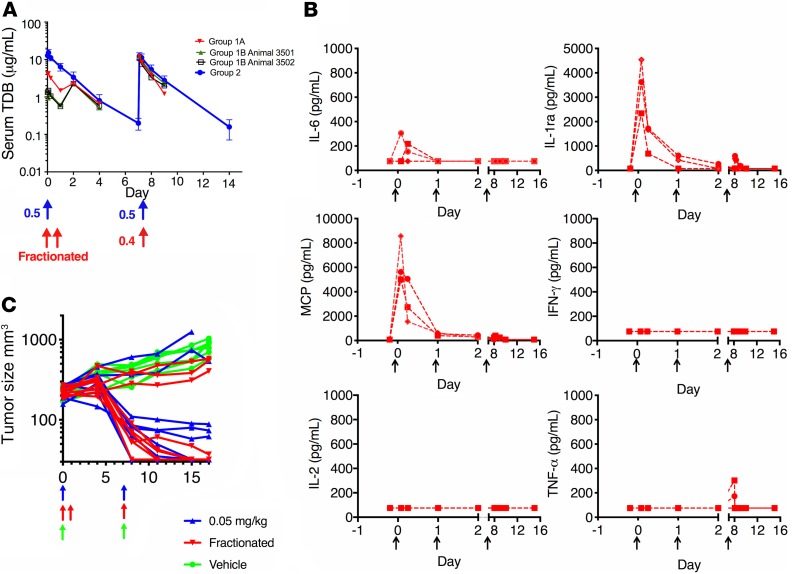Figure 6. Dose fractionation reduces anti-HER2/CD3 TDB–induced systemic cytokine release in cynomolgus monkey but retains antitumor activity in mice.
(A) Effect of dose fractionation of HER2–TDB 3 on systemic exposure in cynomolgus monkey. Animals in group 1A (0.2 mg/kg on days 0 and 1, 0.4 mg/kg on day 7; n = 1) and group 1B (0.1 mg/kg on days 0 and 1, 0.4 mg/kg on day 7; n = 2) were dosed using dose fractionation. Animals in group 2 (n = 4) received 0.5 mg/kg on days 0 and 7. Blood samples were collected at indicated time points, and human IgG was detected by ELISA. Data are presented as mean ± SD for group 2 and as exposure for individual animal for group 1. PK parameters are presented in Supplemental Table 1. (B) Serum cytokine analysis using Luminex from cynomolgus monkeys dosed using the dose fractionation strategy (n = 3, individual animal data depicted). (C) Individual tumor volume response of HER2-amplified KPL4 breast cancer xenografts to anti-HER2/CD3 TDB in NSG mice supplemented with human PBMCs. Mice were treated with 0.05 mg/kg (once a week x2) dose (blue). Alternatively, the initial dose was fractionated to 2 doses of 0.025 mg/kg administered on days 0 and 1 (red). n = 8–9 for each dose group. Arrows indicate time of dosing.

